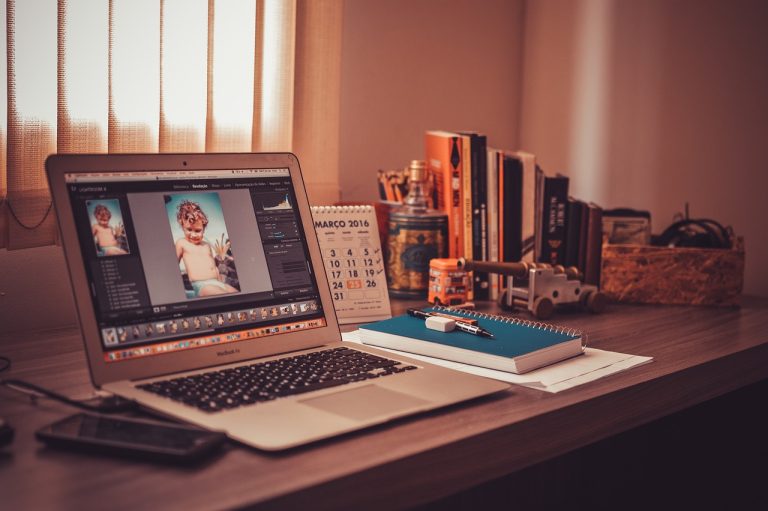Introduction
Graphic design is a powerful form of communication that combines creativity, technology, and art to convey messages visually. Whether you’re looking to create logos, social media graphics, or professional presentations, understanding the fundamentals of graphic design is essential. This guide will walk you through the basics, introduce essential tools, and highlight techniques to help you get started on your creative journey.
Why Learn Graphic Design?
Graphic design skills are invaluable in today’s digital era. Here are a few reasons to invest your time in learning:
- Career Opportunities: Graphic design is a versatile skill applicable to various industries, from marketing to web development.
- Creative Expression: It allows you to visually bring your ideas to life.
- In-Demand Skill: Businesses of all sizes need designers for branding, advertising, and online presence.
- Freelance Potential: You can work on projects independently and earn extra income.
Essential Principles of Graphic Design
1. Balance and Alignment
- Balance ensures that your design feels stable and harmonious.
- Use symmetrical balance for formal designs and asymmetrical balance for a modern look.
- Alignment creates order, ensuring that elements are visually connected.
2. Contrast
- Contrast highlights the differences between elements, making your design more visually appealing.
- Use contrast in colors, shapes, fonts, and sizes to create hierarchy and focus.
3. Color Theory
- Learn the basics of the color wheel, complementary colors, and harmonious color schemes.
- Understand the psychological impact of colors—for example, blue conveys trust, while red represents energy.
4. Typography
- Choose fonts that align with your design’s purpose and tone.
- Limit your design to 2-3 fonts to maintain consistency.
- Ensure text is legible by balancing font size, line spacing, and contrast.
5. White Space
- Also known as negative space, white space improves readability and focus.
- It prevents overcrowding and gives designs a clean, modern appearance.
Tools for Beginners
1. Design Software
Invest in user-friendly tools to create and edit graphics:
- Adobe Photoshop: Industry standard for image editing and manipulation.
- Adobe Illustrator: Ideal for creating vector graphics like logos and illustrations.
- Canva: A beginner-friendly tool with pre-designed templates.
- Figma: Perfect for collaborative UI/UX design projects.
- GIMP: A free, open-source alternative to Photoshop.
2. Asset Libraries
Use free or premium resources to enhance your designs:
- Unsplash: High-quality stock photos.
- Pexels: Free stock videos and images.
- Google Fonts: A wide range of free fonts.
- Flaticon: Icons for web and graphic design projects.
3. Color Palettes and Tools
Choose cohesive color schemes using:
- Adobe Color: Explore trending palettes or create your own.
- Coolors: Generate custom color combinations easily.
- Paletton: A tool for understanding color harmonies.
Techniques to Master as a Beginner
1. Start with Simple Projects
Practice by working on small, manageable designs like:
- Social media posts
- Flyers or posters
- Business cards
- Simple logos
2. Use Templates Wisely
Templates provide a great starting point for beginners. Platforms like Canva offer pre-designed layouts you can customize.
3. Experiment with Layouts
- Explore the rule of thirds to create balanced and visually pleasing compositions.
- Group related elements together to establish a logical structure.
4. Focus on Typography
- Mix serif and sans-serif fonts for contrast.
- Avoid overusing decorative fonts, especially for large text blocks.
5. Incorporate Feedback
Share your designs with peers or mentors and embrace constructive criticism to improve your skills.
Developing Your Skills
1. Take Online Courses
- Coursera: Offers design courses from institutions like CalArts and UC San Diego.
- Skillshare: Learn from industry experts through video tutorials.
- Udemy: Affordable courses on various graphic design topics.
2. Join Design Communities
Connect with other designers to share ideas and get inspired:
- Behance: Showcase your portfolio and explore others’ work.
- Dribbble: A platform for discovering design trends and networking.
- Reddit (‘Graphic Design’): Discuss techniques and get feedback.
3. Practice Consistently
Set aside time daily or weekly to create new designs. Build a portfolio by taking on small projects or redesigning existing materials.
Common Mistakes to Avoid
- Ignoring the Brief: Always understand the purpose and audience of your design.
- Overloading with Fonts: Stick to a maximum of three complementary fonts.
- Cluttered Designs: Use white space effectively to avoid overwhelming viewers.
- Poor Image Quality: Always use high-resolution images for professional results.
- Neglecting File Formats: Save your designs in appropriate formats (e.g., PNG for transparency, JPEG for web).
Building Your First Portfolio
Step 1: Showcase Your Best Work
- Select 5-10 pieces that demonstrate your skills and versatility.
- Include different types of projects (e.g., logos, web graphics, posters).
Step 2: Add Descriptions
- Explain the purpose and process behind each design.
- Highlight any challenges you overcame.
Step 3: Use Portfolio Platforms
- Create a profile on Behance or Dribbble.
- Build a personal website using tools like Wix, Squarespace, or WordPress.
Conclusion
Graphic design is a rewarding skill that combines creativity with technical expertise. By mastering the basics of design principles, learning essential tools, and practicing regularly, you can create compelling visuals that leave a lasting impression. Start small, embrace the learning process, and let your creativity shine. With dedication and consistent effort, you’ll soon be able to tackle more complex projects and even launch a career in graphic design. Happy designing!
